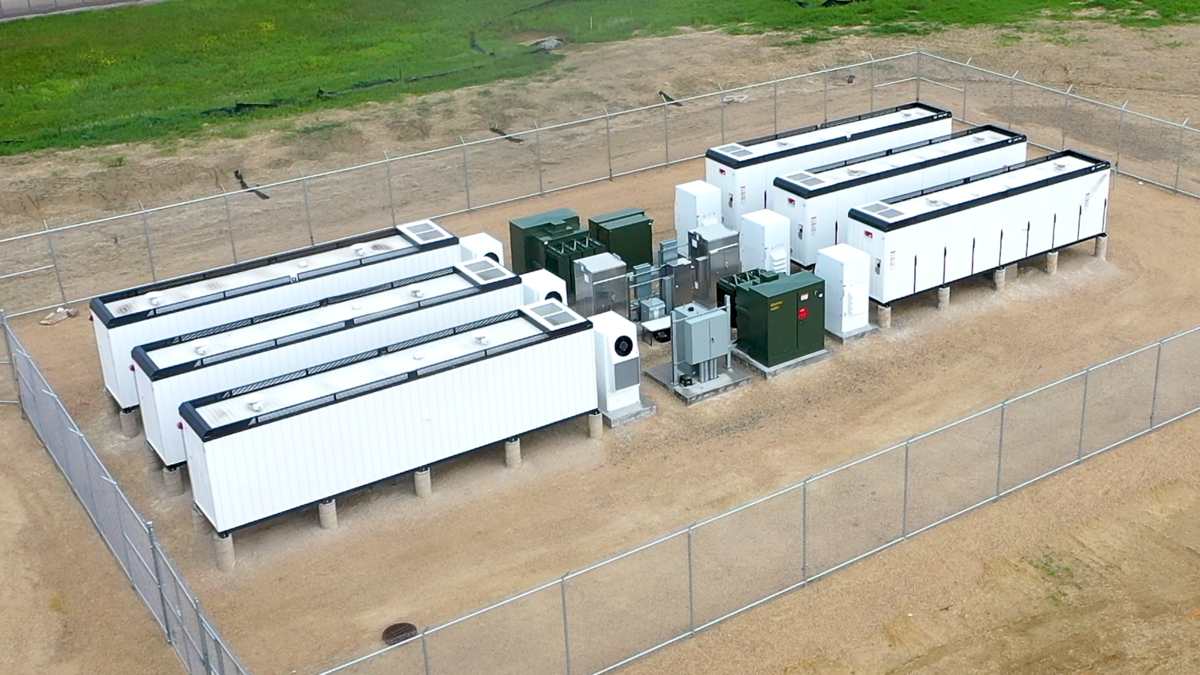How do utilities ensure there’s always power at the flip of a switch?
Generating facilities, such as natural gas facilities, act as a baseline for energy production. Renewable energy, such as wind and solar, can generate energy without any fuel costs whenever the resource is available. If you think of the energy grid like a rubber band, renewables allow that rubber band to stretch a little more.
But if you stretch a rubber band too much, it’ll snap. Could the same thing happen to the grid with our current system?
As communities grow with new businesses or new neighborhoods, it puts more pressure on existing infrastructure. As customers add solar panels to homes and businesses, it’s great, but it does further stretch the rubber band. The grid needs to be strengthened to handle the two-way flow of energy.
Energy storage systems are one solution to relieve pressure on the grid at any time of the day. They act as backup power sources to push energy onto the grid. They can help the grid manage extra demand and prevent it from snapping.
Energy storage helps us:
- Reduce costs. Rebuilding sections of power lines or substations to handle the extra strain on the grid can be quite costly. In some instances, we can use batteries to level out cost and electricity fluctuations instead.
- Strengthen the grid. Whether connected to a solar or wind project or directly to a substation, a battery can store energy and release it when it’s most needed. That helps ensure the power stays on during times of high energy use.
- Pilot for the future. The effectiveness of pilot projects can influence large-scale projects in the future. We recently constructed a microgrid in Boaz, Wisconsin, that can disconnect from the traditional power grid and continue to function and deliver electricity. We continue to test and innovate with new technologies like the proposed large-scale energy storage project we expect to construct in Columbia, Wisconsin.
Energy storage systems can optimize renewable and traditional generation systems and provide improved reliability and efficiency. The expansion of these projects is integral to accelerating the transition to a more diverse energy future.
We’ve proposed almost 300 megawatts of utility-scale battery systems in Wisconsin. That could power approximately 300,000 homes for about four hours each time we call upon them. These projects will continue to allow the energy grid to stretch without breaking to help us deliver the cost-effective energy customers expect.
Learn more about energy storage and the projects we propose at alliantenergy.com/battery.


